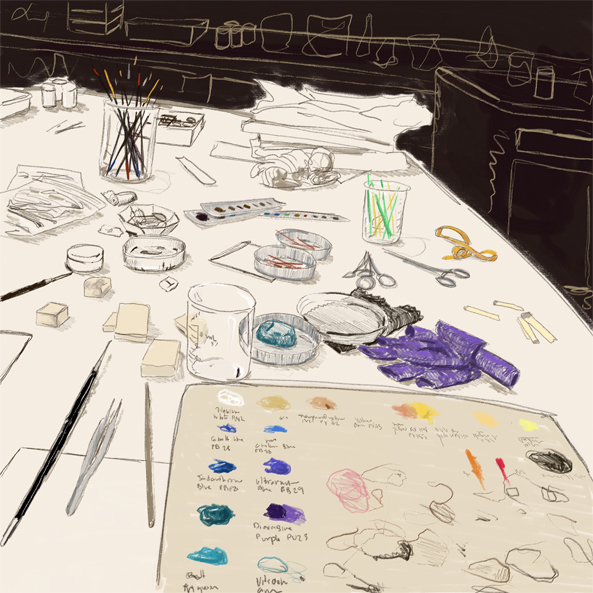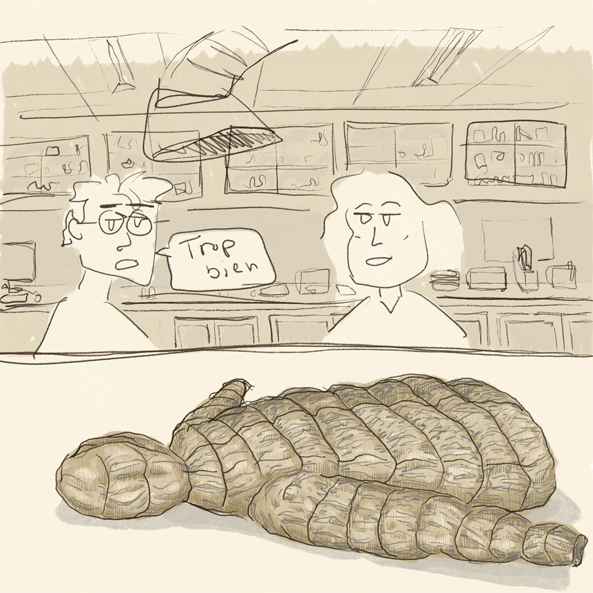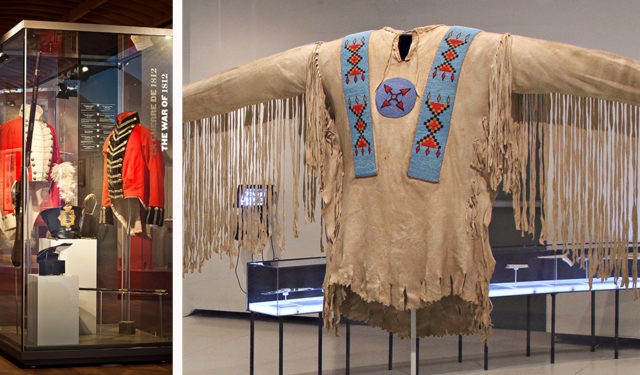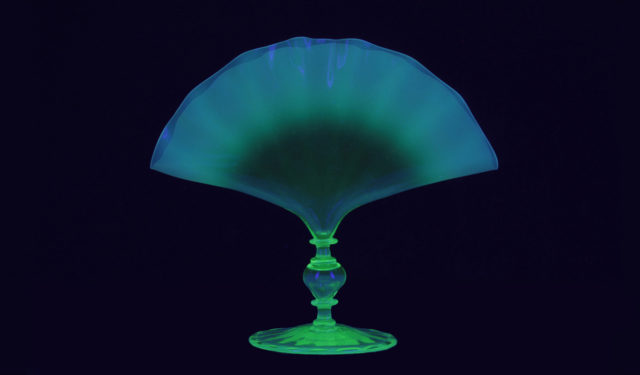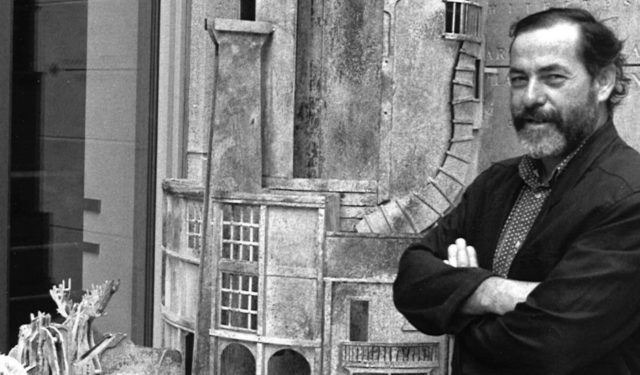The Conservation Team: Preserving the Museum’s Collections
Meet the members of the Museum's conservation team, whose daily tasks involve challenges as unique as the objects they restore.
April 2, 2021
A strange metamorphosis occurs when an object enters the Museum. Once it has gone through the acquisition process and become part of the Museum’s collection, it undergoes a remarkable transformation. Suddenly, looking at the object, we recognize more than just its function. By examining its condition and wear, we can observe traces of the people who used or created it—an unintended window onto another world.
The work of the McCord Museum’s conservation team is to analyze these traces and preserve them as faithfully as possible.
People often mistakenly think that the work of a conservator is to restore an object to its original condition. On the contrary, we try to intervene as little as possible. Often, our work is simply preventive, explains Sonia Kata, a textile conservator.
We are standing in one of the Museum’s labs. A fabric bag and a belt, which she is preparing for the upcoming Parachute exhibition, are lying on a large table in front of us. There are also beakers, spools of thread, nitrile gloves and tape. The place is a fascinating blend of craft studio and science lab.
Sonia has always been interested in art history, textiles and science. The field of conservation offers the ideal combination of all her passions. I really enjoy the problem-solving aspect of my work. Every piece is different and I have to find unique solutions for equally unique challenges. There is a lot of exploration, which I love, she notes, as I sense a smile behind her mask.
While Sonia focusses on textiles, Caroline Bourgeois, a conservation assistant and specialist in costume mounting, is tasked with fabricating custom mannequins that lend these garments their historic silhouette. This is done not only to allow them to look their best, but, more importantly, to properly support the garments for the months they are on display.
After studying fashion arts at CÉGEP and set and costume design at the National Theatre School of Canada, Caroline Bourgeois worked for many years as a costumer in the fields of circus, puppetry, dance and theatre. She has been with the Museum for 20 years, creating custom mounts for the clothing in its collection.
It is not a matter of simply placing a garment on a mannequin. To accommodate different eras and styles, this support, which must be as discreet as possible, must also assume a variety of forms. Furthermore, when working with an historic or fragile garment, we first have to understand its structure so we can mount it properly without adding stress points. Over the years, Caroline has developed special expertise in the design of invisible mounts.
I then meet with Sara Serban, who takes me to the laboratory where she works: a large room, flooded with daylight, overlooking downtown Montreal. On a long table, arranged on a large piece of white tissue paper, lies a 100-year-old waterproof, sea-mammal gutskin coat.
Working as a conservator also means taking on all sorts of jobs and responsibilities associated with the actual conservation work. For example, we take part in the process of assessing objects proposed for acquisition, help mount exhibitions, attend conferences and write articles on specific conservation issues.
In one of Sara’s articles, she explains how she infilled a hole in a fur parka using Japanese tissue paper.
I was a professional violinist for about 15 years before deciding to go back to school to study art history and conservation. Laughing, she adds, When I first went to university, I wanted to study medicine. But I studied violin instead, because music was very important to me at that time. By leaving the orchestra, she was at last able to pursue her interest in the world of science while maintaining her passion for art.
Denis Plourde, like Caroline, is a conservation assistant, but with a very different specialization. I started as a technician specialized in paper conservation, but my responsibilities at the Museum have broadened over the years.
In addition to carrying out certain interventions on paper—for example, repairing book bindings or dry-cleaning and stabilizing damaged paper—Denis makes custom supports for rare books, designs specialized museum crates, and monitors the environment in the museum’s storage vaults and galleries.
After studying visual art at university, Denis was a framer for several years and then worked for a company specialized in transporting works of art. He later studied museology before joining the Museum’s team in 1991; he also completed a computer training program in 1995. His information technology expertise enables him to explore new documentation and conservation techniques.
The world of conservation is constantly evolving and the advent of new technologies like 3D digitization will likely transform the field.
With 3D digitization, we can document an object’s details faster and more accurately. This facilitates tasks like the construction of custom mounts for travel, storage and display, explains Denis.
Given the many technological advances in materials science and the field of conservation, the work of the conservation team will likely change in the years to come. However, these changes will not affect a fundamental value of conservation: respect for the object and the history of which it is a witness. For the conservation team, the future promises some exciting challenges.

